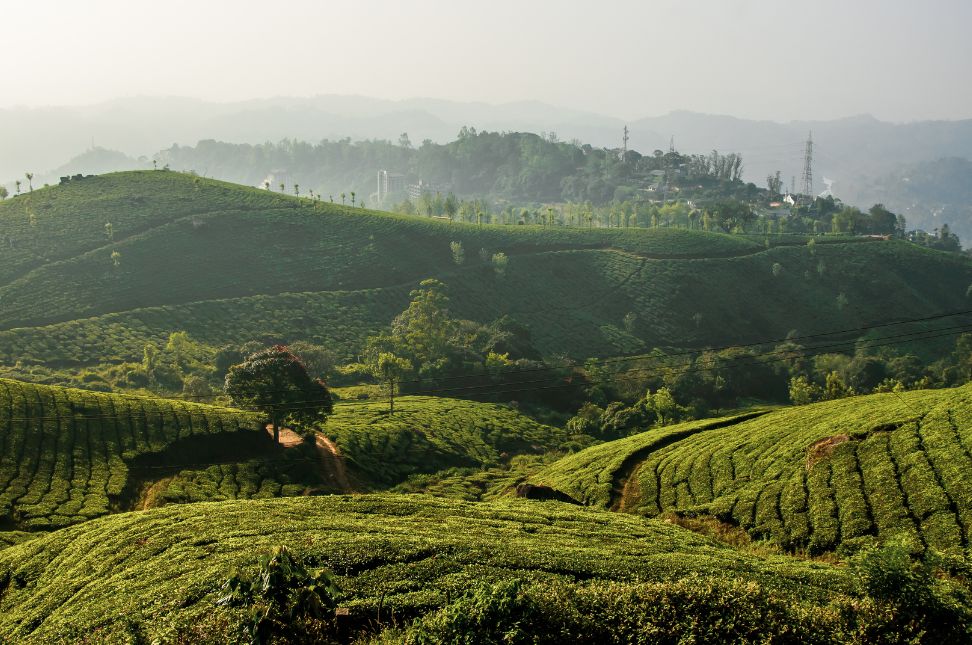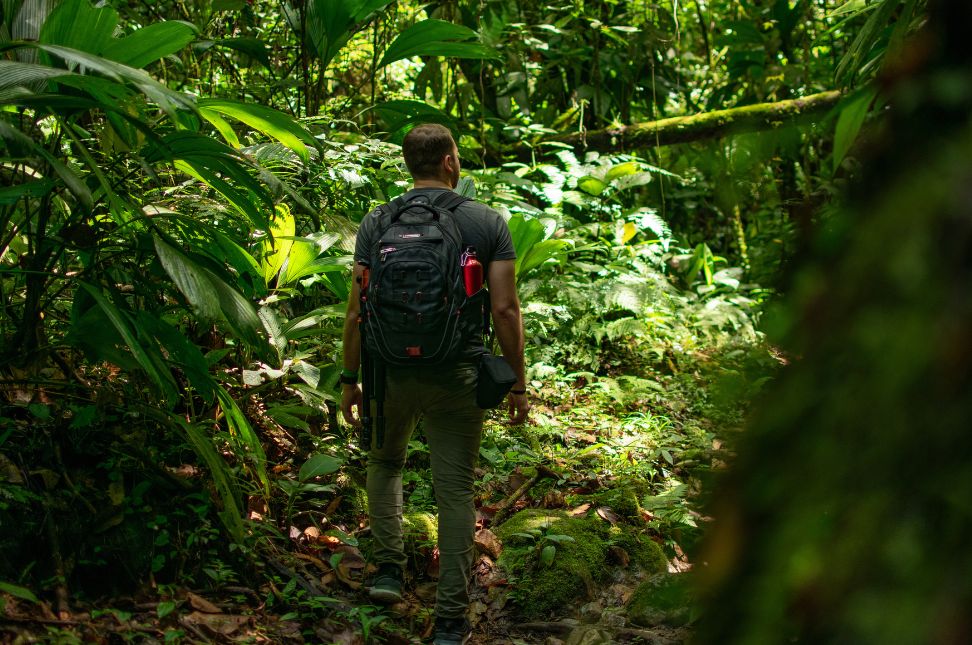Kerala, often referred to as “God’s Own Country,” is known for its lush greenery, serene backwaters, and rich biodiversity. Over the years, the state has also emerged as a leading destination for Kerala Ecotourism, a form of responsible travel that emphasizes environmental sustainability, conservation, and community involvement. This unique approach allows tourists to experience Kerala’s natural beauty while ensuring that the environment is preserved for future generations.
In this article, we’ll explore the various aspects of Kerala Ecotourism and how travelers can enjoy the state’s pristine landscapes in an eco-friendly way.
1. What is Kerala Ecotourism?
Kerala Ecotourism is a sustainable form of travel that focuses on experiencing natural areas while minimizing negative impacts on the environment. It promotes the conservation of natural resources and the involvement of local communities in tourism activities. The idea behind ecotourism is to foster respect for local cultures and ecosystems, while also contributing to the well-being of local people.
Kerala, with its diverse ecosystems, from coastal areas to high-altitude forests, is a perfect destination for ecotourism enthusiasts. The state has a number of ecotourism destinations that are designed to be both environmentally responsible and culturally enriching.
2. Ecotourism Destinations in Kerala
There are several key destinations where Kerala Ecotourism is thriving. These places are ideal for those who want to experience the natural beauty of the state while also contributing to conservation efforts.
a. Thenmala Ecotourism
Thenmala, located in the Kollam district, is India’s first planned ecotourism destination. It is one of the prime examples of how Kerala Ecotourism integrates nature and adventure activities. Visitors can explore forest trails, enjoy boat rides, and participate in adventure sports like rock climbing and mountain biking.
The Thenmala Ecotourism project is designed to be sustainable, focusing on environmental conservation while providing a source of income for the local community. It is an excellent destination for families and adventure seekers who want to experience nature responsibly.
b. Periyar Wildlife Sanctuary
The Periyar Wildlife Sanctuary is another important hub for Kerala Ecotourism. Located in Thekkady, this sanctuary is home to a rich variety of flora and fauna, including elephants, tigers, and a wide range of bird species. Tourists can take guided treks, bamboo rafting tours, and participate in community-led conservation programs.
The sanctuary is committed to protecting its biodiversity while promoting eco-friendly tourism activities. By visiting Periyar, tourists not only enjoy Kerala’s stunning natural beauty but also support conservation efforts that help protect endangered species.
c. Wayanad
Wayanad, known for its misty hills, dense forests, and tea plantations, is a key destination for Kerala Ecotourism. The region offers a perfect blend of adventure and tranquility, with activities such as trekking, wildlife safaris, and visits to tribal villages.
Eco-conscious travelers can explore the Wayanad Wildlife Sanctuary, take part in reforestation programs, or stay at eco-friendly resorts that focus on minimizing their environmental impact. Wayanad is a great example of how ecotourism can balance tourism development with environmental sustainability.
3. Benefits of Kerala Ecotourism
Kerala Ecotourism has numerous benefits, both for the environment and the local communities. Here are some of the key advantages:
a. Environmental Conservation
The primary goal of Kerala Ecotourism is to promote environmental conservation. By focusing on responsible travel, tourists help protect ecosystems, wildlife, and natural resources. Many ecotourism sites in Kerala are part of protected areas, ensuring that tourism activities have minimal impact on the environment.
For example, places like the Silent Valley National Park implement strict guidelines to limit human activity, ensuring that the natural habitat remains undisturbed.
b. Support for Local Communities
Another important aspect of Kerala Ecotourism is its emphasis on involving local communities. Many ecotourism projects in Kerala are managed by local villagers who benefit economically from tourism activities. These communities are also involved in the conservation efforts, ensuring that they have a vested interest in protecting their natural surroundings.

For instance, tribal communities in Wayanad and Periyar often act as guides, providing tourists with insights into the local culture and biodiversity.
c. Educational Value
Ecotourism is not just about sightseeing; it’s also an educational experience. Visitors to Kerala Ecotourism destinations learn about the importance of conservation, sustainable living, and the rich cultural heritage of the region. Educational programs are often incorporated into ecotourism activities, helping tourists understand the significance of protecting the environment.
4. Best Ecotourism Activities in Kerala
Travelers interested in Kerala Ecotourism have a wide range of activities to choose from. These activities are designed to be low-impact and environmentally friendly, allowing tourists to enjoy the natural beauty of Kerala while minimizing their footprint.
a. Nature Walks and Treks
Kerala’s diverse landscapes make it a perfect destination for nature walks and trekking. Many ecotourism sites offer guided treks through forests, hills, and plantations. Visitors can explore the Western Ghats, which are a UNESCO World Heritage site, or trek through the dense forests of Silent Valley National Park.
These walks are led by trained guides who provide valuable insights into the region’s biodiversity, making the experience both enjoyable and educational.
b. Bird Watching
Kerala is a paradise for birdwatchers. With its rich variety of bird species, the state is home to several bird sanctuaries and wetlands. The Kumarakom Bird Sanctuary, located near the Vembanad Lake, is a key site for bird watching.
Bird watching tours are an excellent way to experience Kerala Ecotourism, as they allow travelers to observe wildlife in its natural habitat while supporting conservation efforts.
c. Bamboo Rafting
Bamboo rafting is a popular activity in the Periyar Wildlife Sanctuary, providing a unique way to explore the forested regions of the park. Visitors can glide through the tranquil waters of Periyar Lake while keeping an eye out for wildlife such as elephants, deer, and exotic birds.
Bamboo rafting is a perfect example of how Kerala Ecotourism integrates adventure with environmental consciousness.
d. Village Tourism
Another important aspect of Kerala Ecotourism is village tourism, which allows travelers to experience the traditional way of life in Kerala. Many ecotourism destinations offer opportunities to visit local villages, where tourists can interact with the community, learn about traditional farming practices, and even participate in cultural activities such as dance and music performances.
5. How to Practice Responsible Tourism in Kerala
While Kerala Ecotourism promotes responsible travel, tourists also play a crucial role in ensuring that their activities have minimal impact on the environment. Here are some tips for practicing responsible tourism:
- Respect Local Cultures: When visiting tribal areas or rural communities, respect their customs and traditions. This includes dressing modestly and seeking permission before taking photographs.
- Leave No Trace: Always clean up after yourself and avoid littering in natural areas. Carry reusable bottles and bags to reduce waste.
- Support Local Businesses: Choose eco-friendly accommodations, eat at local restaurants, and purchase goods from local artisans. This not only supports the community but also ensures that your money is invested back into the local economy.
- Choose Sustainable Activities: Opt for activities that have a low impact on the environment, such as trekking, birdwatching, and bamboo rafting. Avoid activities that exploit wildlife or harm the natural surroundings.
Conclusion
Kerala Ecotourism offers travelers a chance to explore one of India’s most beautiful states while making a positive impact on the environment. From the misty hills of Wayanad to the serene backwaters of Kumarakom, Kerala’s ecotourism destinations offer a rich tapestry of natural beauty, wildlife, and cultural experiences. By practicing responsible tourism and supporting community-led conservation efforts, visitors can ensure that Kerala’s natural wonders are preserved for generations to come.
Whether you’re trekking through lush forests, watching exotic birds, or gliding through peaceful backwaters, Kerala Ecotourism provides an unforgettable experience that combines adventure with sustainability.




